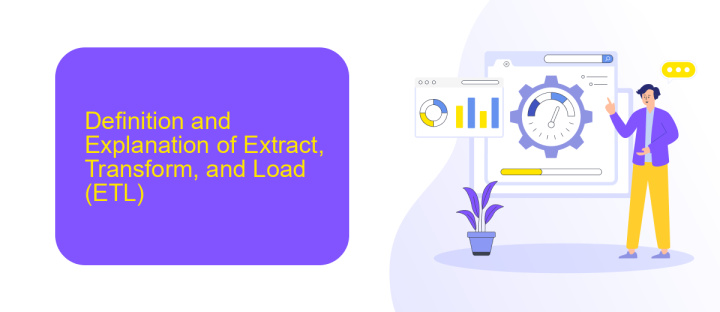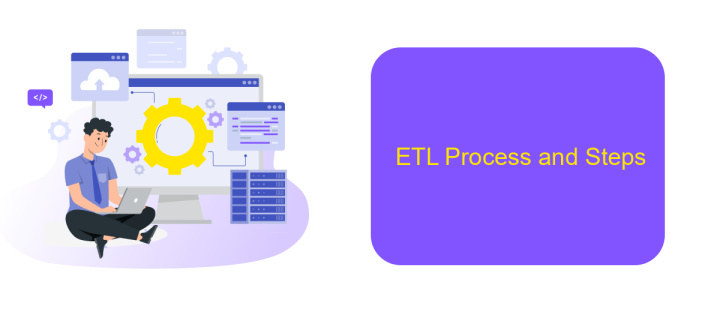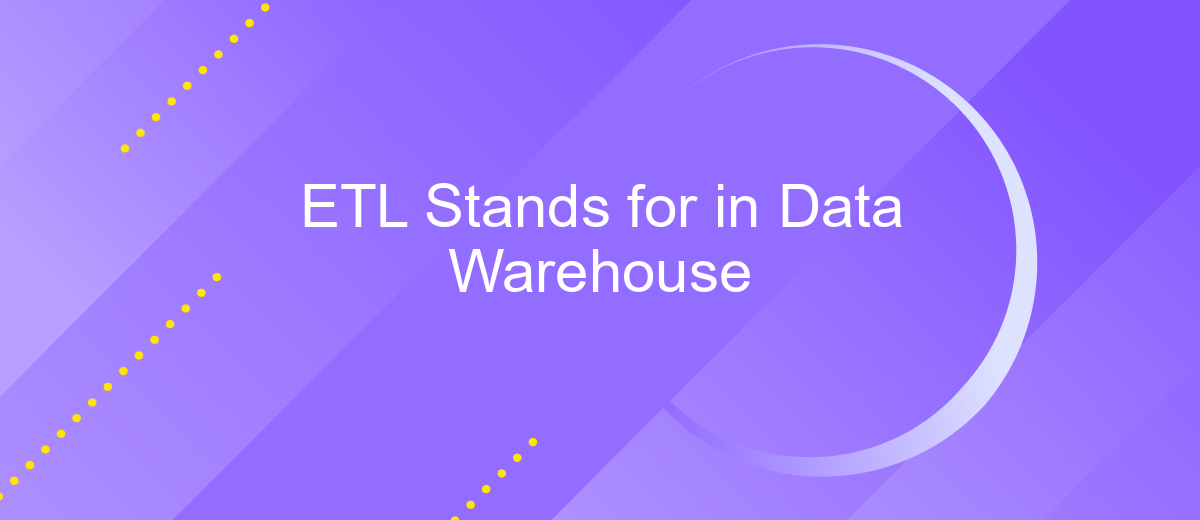ETL Stands for in Data Warehouse
ETL, which stands for Extract, Transform, Load, is a crucial process in data warehousing. It involves extracting data from various sources, transforming it into a suitable format, and loading it into a data warehouse for analysis and reporting. This process ensures data consistency, accuracy, and accessibility, enabling organizations to make informed decisions based on reliable data.
Introduction
ETL, which stands for Extract, Transform, Load, is a fundamental process in the realm of data warehousing. It involves extracting data from various sources, transforming it into a suitable format, and loading it into a data warehouse for analysis and reporting. This process ensures that data is clean, consistent, and reliable for business intelligence and decision-making.
- Extract: Gathering data from diverse sources such as databases, APIs, and flat files.
- Transform: Cleaning, filtering, and reformatting data to meet specific requirements.
- Load: Importing the transformed data into the target data warehouse.
Modern ETL tools and services, such as ApiX-Drive, streamline the integration process by automating data extraction and transformation tasks. These tools can connect to multiple data sources, apply necessary transformations, and ensure seamless data flow into the data warehouse. By leveraging such services, organizations can enhance their data management capabilities and focus on deriving actionable insights from their data.
Definition and Explanation of Extract, Transform, and Load (ETL)

Extract, Transform, and Load (ETL) is a fundamental process in the realm of data warehousing. The "Extract" phase involves retrieving raw data from various source systems, which can include databases, APIs, and flat files. This step is crucial as it ensures that all necessary data is collected for subsequent processing. Tools like ApiX-Drive can simplify this process by automating the extraction of data from multiple sources, ensuring that the data is up-to-date and accurate.
Once the data is extracted, it moves to the "Transform" phase, where it is cleaned, formatted, and converted to meet the requirements of the target data warehouse. This step may involve filtering out errors, aggregating data, and applying business rules to ensure consistency and reliability. Finally, in the "Load" phase, the transformed data is loaded into the data warehouse, making it available for analysis and reporting. This structured approach ensures that the data is reliable, consistent, and ready for business intelligence applications. ApiX-Drive can also facilitate the integration of transformed data into various analytical tools, streamlining the entire ETL process.
Benefits and Advantages of ETL

ETL (Extract, Transform, Load) processes offer numerous benefits and advantages for data warehousing. These processes streamline data management and enhance the efficiency of data integration, making it easier for organizations to handle large volumes of data from various sources.
- Data Integration: ETL tools enable seamless integration of data from multiple sources, ensuring consistency and accuracy.
- Data Quality: ETL processes involve data cleaning and transformation, which improves the quality and reliability of the data.
- Time Efficiency: Automated ETL workflows save time by reducing the need for manual data processing and minimizing errors.
- Scalability: ETL solutions can handle increasing data volumes, making them suitable for growing businesses.
- Enhanced Decision Making: By providing accurate and timely data, ETL processes support better business intelligence and decision-making.
Moreover, services like ApiX-Drive can further simplify the integration process by offering user-friendly tools to set up and manage ETL workflows without requiring extensive technical expertise. This makes it easier for businesses to leverage the full potential of their data, driving growth and innovation.
ETL Process and Steps

The ETL process is a critical component in data warehousing, involving the extraction, transformation, and loading of data from various sources into a centralized repository. This ensures that data is clean, consistent, and ready for analysis and reporting. Each step in the ETL process plays a vital role in maintaining the integrity and usability of the data.
Firstly, data extraction involves retrieving data from disparate sources, such as databases, APIs, or flat files. This step is crucial for gathering all relevant data needed for subsequent processing. After extraction, the data undergoes transformation, where it is cleaned, formatted, and enriched to meet the specific requirements of the target data warehouse.
- Extraction: Collecting data from various sources.
- Transformation: Cleaning and formatting the data.
- Loading: Inserting the transformed data into the data warehouse.
Finally, the loading step involves inserting the transformed data into the data warehouse, making it available for querying and analysis. Tools like ApiX-Drive can facilitate the integration process, ensuring seamless data flow between different systems and automating many aspects of the ETL process. By leveraging such services, businesses can streamline their data management and enhance their decision-making capabilities.


Conclusion
In conclusion, ETL (Extract, Transform, Load) stands as a cornerstone in the realm of data warehousing, enabling organizations to efficiently manage and utilize their data. By extracting data from various sources, transforming it into a suitable format, and loading it into a data warehouse, businesses can ensure that their data is accurate, consistent, and ready for analysis. This process not only enhances data quality but also supports better decision-making and strategic planning.
Moreover, the integration of services like ApiX-Drive can significantly simplify the ETL process. ApiX-Drive offers seamless integration capabilities, allowing businesses to connect various data sources and automate data workflows without extensive coding. This not only saves time but also reduces the potential for errors, ensuring that data is reliably processed and available for critical business insights. As data continues to grow in volume and complexity, leveraging tools like ApiX-Drive can provide a competitive edge in maintaining an efficient and effective data warehousing strategy.
FAQ
What does ETL stand for in the context of data warehousing?
Why is ETL important in data warehousing?
What are the main steps involved in the ETL process?
How can automation tools help in the ETL process?
What are some common challenges in the ETL process?
Apix-Drive is a simple and efficient system connector that will help you automate routine tasks and optimize business processes. You can save time and money, direct these resources to more important purposes. Test ApiX-Drive and make sure that this tool will relieve your employees and after 5 minutes of settings your business will start working faster.

